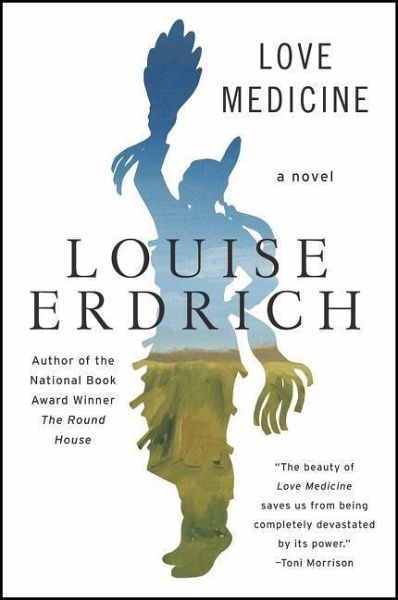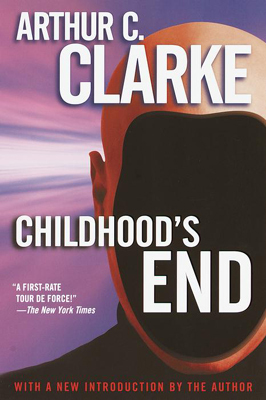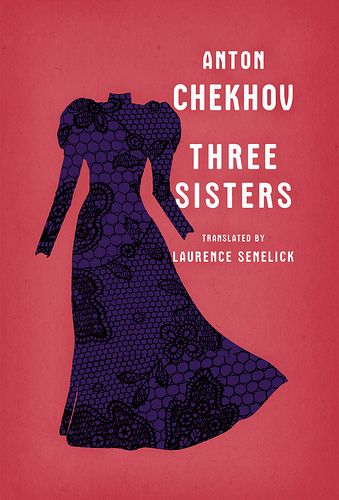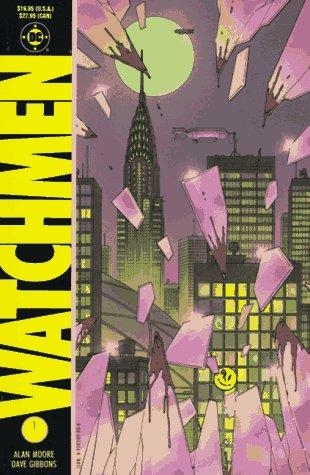Tragically beautiful and hauntingly vivid.

When I was a sophomore here at my university, I took a class on Native American literature. It satisfied a diversity elective, and it was a chance to dedicate my time to reading and writing… a win-win for me. My wonderful professor made sure to emphasize that he was not Native American, and to take his lessons and interpretations with a grain of salt; he could not proclaim to truly understand Native American culture and the literature that comes from it. I went to that class constantly tired due to the late hour, but that class also inspired my love and appreciation for Native American literature.
I grew up being told– as I believe many Americans and especially people my age are– that I had Native American blood in me. Apparently there was Cherokee in my family tree, and I never questioned it. It was something I told people with pride when I was young, and used it as an explanation for my completely straight, thick hair and easily tanned skin. Not until I began my Native American literature class did I realize I didn’t really have a reason to proclaim, “I’m Native American!” I had no proof that I was Native American, and given the Ancestry results I got for Christmas last year, that remains true. I had no right to claim a culture that is not my own, and I am completely accepting of that. All of this, however, doesn’t change my love and appreciation for the culture and literature.
I had never heard of “Love Medicine” before my professor in my advanced fiction writing class recommended the collection. I’m not normally a great fan of short story collections. I do enjoy short stories, but I can only read a few at a time. After reading a collection in a short time span, all the stories tend to get jumbled in my head. Erdrich did something different though. In “Love Medicine,” she follows one family, but jumps through perspectives, time, and place fluidly, only denoting when something changes by a switch of name or an extra large space between paragraphs. A family tree is placed at the front of the book, just so a reader can keep everyone and everything straight. It was easy for me to fall into this story of love and kinship, and all of the problems that come with a family.
Erdrich expertly handles the issues faced in her novel. The characters deal with heartbreak, death, PTSD, alcoholism, mental disorders, and all of it feels extremely real. I could meet one of these characters on the street, and they would be fully fleshed out, as real as I am while I sit here typing this out. There are no characters in her stories that are white knights, and there are no characters in her stories that are complete villains either. Each character is horribly, horribly flawed, and yet beautifully human at the same time. These characters become people you feel for and relate to. I found myself rooting for Lipsha Morrissey when he was faced with discovering who his mother truly was, and I found myself heartbroken when Marie Kashpaw realized her husband’s infidelity.
Above and within all of the stories swirls Erdrich’s beautiful prose. She writes in a way that is dream-like. A scene as simple as a bus pulling into a city terminal becomes indescribably gorgeous:
“The bus came upon the city and the lights grew denser, reflecting up into the cloud cover, a transparent orange-pink that floated over the winking points of signs and low black buildings. The street looked slick, deep green, from the windows of the bus.”
I love the way a wet street looks under a stoplight– the way the red light reflecting on the asphalt makes the whole world feel charged, waiting for a spark to ignite it. This is the way Louise Erdrich writes her stories. Her narratives are charged, coiled dynamite like a rattlesnake, ready to blow a hole through your preconceived notions of the world.
As I’ve said before, even if I am not a part of Native American culture, I greatly admire the beautiful literature that it has produced. From Louise Erdrich to Leslie Marmon Silko, Native American authors are making their voices heard in big ways. Their stories may not always be kind or gentle– in fact, they are often the opposite. Erdrich and Silko especially pull no punches when it comes to their literature, and that may in fact be the most haunting part of their stories. A reader is left with imagery, characters, and narratives that they cannot possibly forget.
If you’d ever like to dream in the daylight, “Love Medicine” will give you a home.



